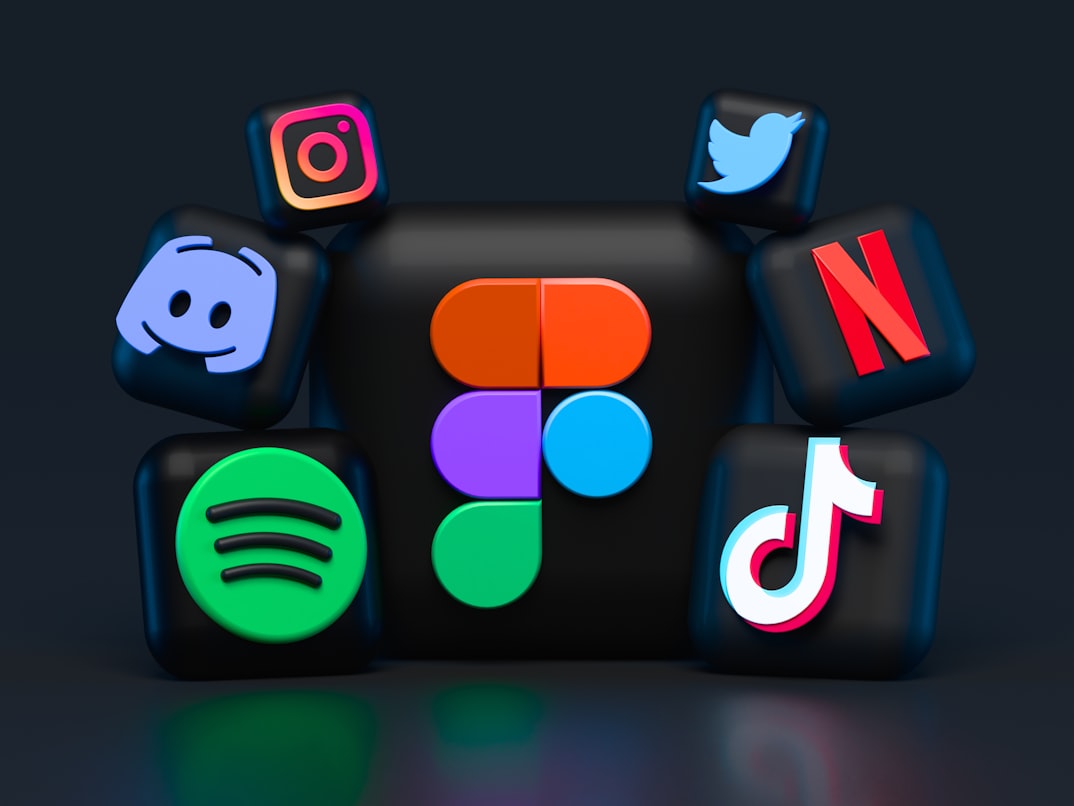📚 Table of Contents
What Is YouTube Monetization?
Have you ever wondered whether turning your YouTube channel into a revenue-generating business is the right move? YouTube monetization allows creators to earn money from their content through various methods, including ads, sponsorships, and memberships. But before diving in, it’s crucial to understand what it entails, the requirements, and whether it aligns with your goals.
Eligibility Requirements for Monetization
To qualify for YouTube’s Partner Program (YPP), you must meet specific criteria. First, your channel needs at least 1,000 subscribers and 4,000 valid public watch hours in the last 12 months. Alternatively, Shorts creators must have 1,000 subscribers and 10 million Shorts views in 90 days. Additionally, you must comply with YouTube’s policies, including community guidelines and copyright rules. Failing to meet these standards can delay or prevent approval.
Different Monetization Methods
YouTube offers multiple ways to monetize your content. The most common is ad revenue, where YouTube places ads on your videos and shares a portion of the earnings with you. Other methods include:
- Channel Memberships: Fans pay a monthly fee for exclusive perks.
- Super Chats & Super Stickers: Viewers pay to highlight their messages during live streams.
- Merchandise Shelf: Sell branded products directly from your channel.
- YouTube Premium Revenue: Earn a share when Premium subscribers watch your content.
- Sponsorships & Brand Deals: Partner with companies for paid promotions.
Pros and Cons of Monetizing Your Channel
Monetizing your YouTube channel comes with advantages and challenges. On the positive side, it provides a passive income stream, enhances credibility, and opens doors to sponsorships. However, it also means stricter content guidelines, potential burnout from constant uploads, and fluctuating ad revenue based on algorithm changes.
Real Success Stories
Many creators have turned YouTube into a full-time career. For example, MrBeast built an empire through viral challenges and philanthropy, while Emma Chamberlain gained fame with her relatable vlogs. These success stories highlight the potential of YouTube monetization, but they also required consistency, creativity, and strategic planning.
Alternative Revenue Streams Beyond Ads
Relying solely on ad revenue can be risky. Diversifying income sources ensures stability. Consider:
- Affiliate Marketing: Earn commissions by promoting products.
- Online Courses & E-books: Share expertise through paid digital products.
- Crowdfunding: Use platforms like Patreon for fan support.
- Licensing Content: Sell footage or music to other creators.
How to Get Started with Monetization
If you’re ready to monetize, follow these steps:
- Review YouTube’s policies to ensure compliance.
- Reach the eligibility thresholds (1,000 subscribers & 4,000 watch hours).
- Apply for the YouTube Partner Program.
- Set up an AdSense account for payments.
- Explore additional revenue streams like memberships or merchandise.
Conclusion
YouTube monetization can be a rewarding venture if you meet the requirements and are willing to put in the effort. By understanding the different revenue streams, weighing the pros and cons, and learning from successful creators, you can make an informed decision about whether it’s the right path for you.


Leave a Reply